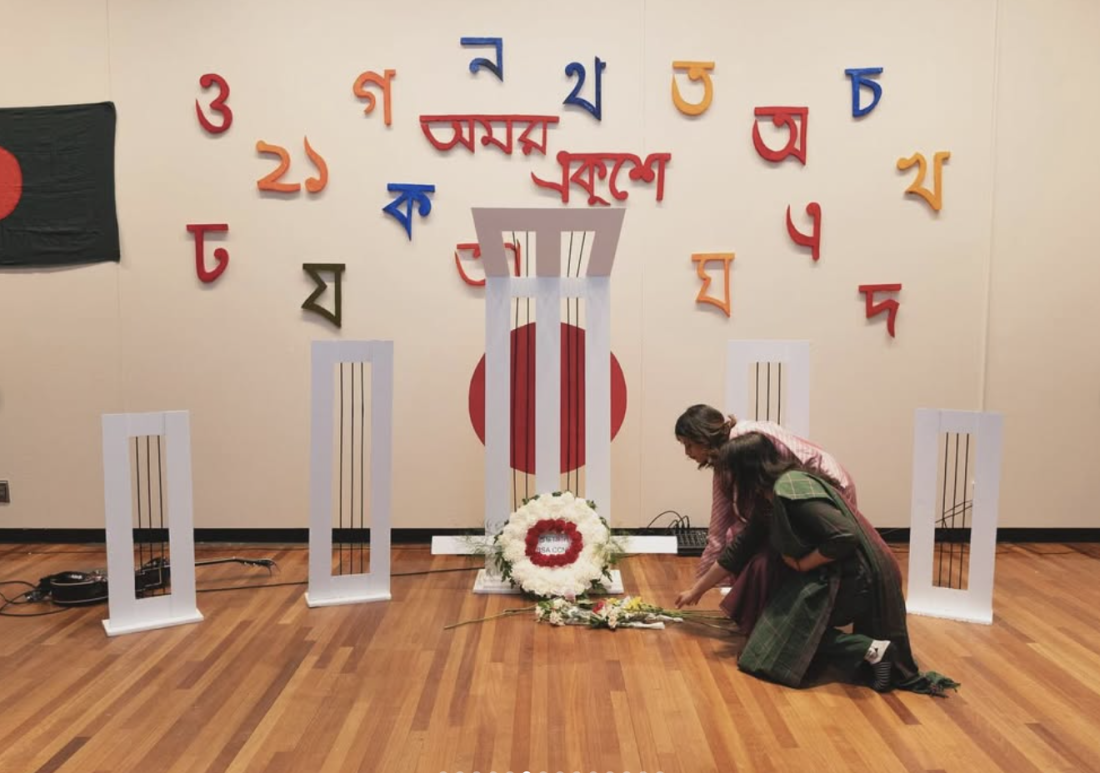Adiba Salbia

As a freshman in the First-Year Writing Program (FYWP) at City College, I’ve been encouraged to write from my own experiences—to bring my full self, including my language and culture, into the classroom. In my English 110 class with Professor Danny Katch, we’ve talked about how multilingualism is not a barrier but a strength. He encouraged us to bring our multilingual backgrounds into our writing and to challenge the idea that standard English is the only valid academic voice. This perspective opened something up in me. It gave me permission to value the language I grew up speaking and to consider how deeply language shapes identity, community, and access to education. When I spoke with Professor Missy Watson, Director of the FYWP, she emphasized the program’s dedication to honoring multilingualism and student identity. Quoting Gloria Anzaldúa’s famous line—“Ethnic identity is twin skin to linguistic identity—I am my language”—she reminded me that language and selfhood are inseparable. “We in the FYWP truly believe the linguistic diversity our students bring with them are assets to celebrate and develop,” she said. “If we lose that linguistic diversity by converting students to English-only communications, we miss the richness and insight that come from different cultures and languages.”
These ideas came to life for me on February 27, 2025, when the Bangladesh Student Association (BSA) hosted an event to commemorate International Mother Language Day. As a Bengali student, I was beyond excited to be part of something that honored the student martyrs of 1952 who gave their lives protesting the Pakistani government’s decision to make Urdu the only state language—despite the fact that the majority of the population spoke Bengali. The movement ultimately led to the constitutional recognition of Bengali and inspired UNESCO to declare February 21st as International Mother Language Day.
BSA members—including myself—built a replica of the Shahid Minar, the Martyrs’ Monument in Dhaka, Bangladesh. We worked tirelessly for two weeks to get every detail just right, and when we finished, it was absolutely beautiful. On the day of the event, we began with Probhaat Pheri (“early morning rally”) and sang the iconic song “Amar Bhai Er Rokte Rangano,” which instantly stirs a wave of emotions in any Bengali person who understands the depth of the lyrics. Our club president, Asfaq Ahmed, gave a heartfelt speech about the significance of language, the 1952 movement, and the legacy of Bengali students at CCNY.
Seeing faculty and students—Bengali and non-Bengali alike—gather to honor this history filled me with pride. Among our guests were FYWP faculty members Professor Watson and Professor Katch, representative of so many English faculty continually making space for all languages in our writing classrooms. When I asked Professor Katch about how cultural events like this one might influence student writing, he told me, “Events that allow students to celebrate their culture and share it with others in their community are important in their own right. But they can also indirectly help students as writers because they help them feel more confident about their background and the different languages they bring to their work.”
Since I left what I call home—my Bangladesh, I have felt myself slowly losing touch with the essence of my culture. But this event gave me the chance to reconnect in a way I haven’t been able to in years. For the first time in a long time, I felt I was truly mourning and celebrating this day the way it was meant to be observed. It reminded me that language is not just a tool for communication—it is memory, identity, and belonging.
At a school like City College, where we are surrounded by so many languages and stories, honoring and preserving those voices is essential. The First-Year Writing Program doesn’t only teach writing; it teaches us that our voices, in all their complexity, matter. Events like International Mother Language Day are not only acts of remembrance but also acts of empowerment. They remind us that when we hold on to our roots, we grow stronger together.